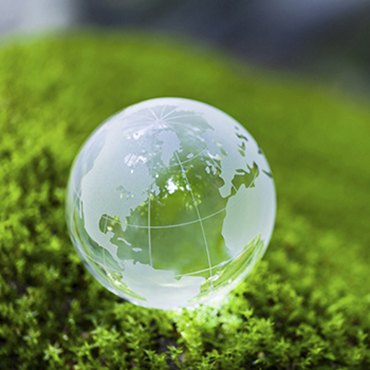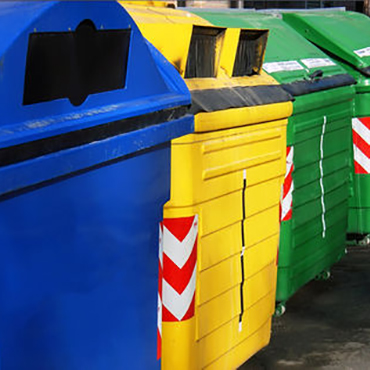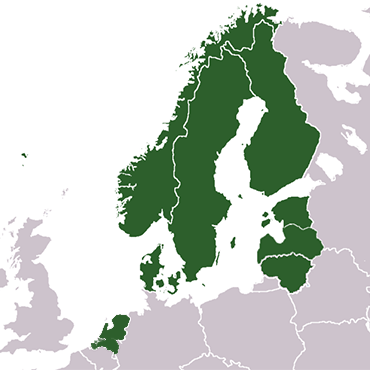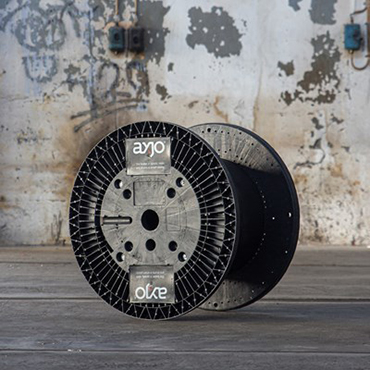OVERVIEW
Part of HSEE
Prysmian Group monthly records and monitors key figures from its production facilities in order to reduce waste of raw materials from processes along the value chain.
Our policy on Health, Safety, Environment and Energy (HSEE) from 2020, define our operational efforts with optimization of resources and materials.






